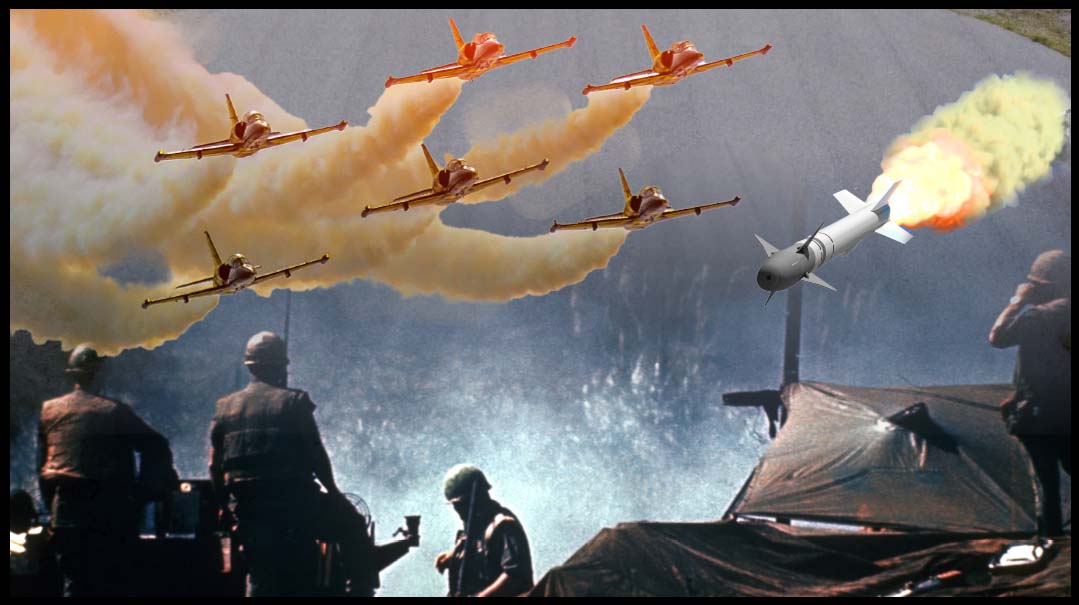Act of War

Bombs raining down over Los Angeles, West Coast air fields covered in chicken wire — this is the side of World War II you never knew took place

Everyone knows that the bulk of World War II was fought in Europe. But halfway across the world, Californians were waging a war of their own. Or were they?
Bombs raining down over Los Angeles, West Coast air fields covered in chicken wire — this is the side of World War II you never knew took place.
The infamous Japanese attack on the Pearl Harbor naval base on December 7, 1941 will forever be remembered as one of America’s greatest tragedies. Myriads of Americans were killed, and 21 ships and 188 aircraft were destroyed. Until the attack, Americans had lived in peace while their allies across the Atlantic were ravished by war. Pearl Harbor changed everything.
The Pearl Harbor invasion was the final straw that led to America officially joining the war against Nazi Germany and its ally, Japan.
Meanwhile, people on the West Coast lived in constant fear of another Japanese attack.
Attack!
February 23, 1942 – Ellwood Oil Field, Santa Barbara, California
The Japanese submarine slid silently through the waters of the Santa Barbara Channel and positioned itself directly across the Ellwood Oil Field. Since the Pearl Harbor attack, the Imperial Japanese Navy submarine I-17 had been one of seven submarines patrolling the Pacific Ocean along America’s West Coast, attacking American ships. Earlier that day, Commander Kozo Nishino had received orders to attack Ellwood Oil Field. At about 7:15 p.m., just as the sun was setting, the submarine’s gun fired the first round towards the oil storage facility. Most of Ellwood’s workers had left for the day, but the few who had remained behind figured that the explosion was due to a faulty storage tank.
One of the workers looked towards the coast and spotted the silhouette of a sea vessel against the orange sky. Realizing that an enemy submarine was attacking the facility, he raced to call the police. Mr. Laurence Wheeler and his wife Hilda, owners of the nearby Wheeler’s Inn, watched as shells landed between their home and the ocean. At first, they though it was target practice. When the third explosion shook the building, Mr. Wheeler called the sheriff.
“There are shells raining down on us,” he yelled into the phone.
“We’ve already called for help,” the deputy sheriff assured him. “Warplanes are on their way.”
The warplanes never arrived.
The submarine continued firing for about twenty minutes before slipping away. The Japanese hadn’t managed to inflict too much damage, but they achieved their goal anyway. The Bombardment of Ellwood, as the incident came to be known, marked the second time that the United States came under attack during World War II. It was barely three months since Pearl Harbor, and the attack was still fresh on everyone’s mind. Lots of Americans had spent the previous weeks wondering, Am I next?
The Bombardment of Ellwood confirmed everyone’s worst fears. The Japanese had attacked once again, this time targeting the country’s mainland. (Pearl Harbor was on the island of Oahu, Hawaii, so it was farther away from the rest of America. Ellwood, on the other hand, was too close to home for comfort.) There was no telling where and when the next attack would take place, but one thing everyone was certain: another Japanese attack was on its way.
Oops! We could not locate your form.





